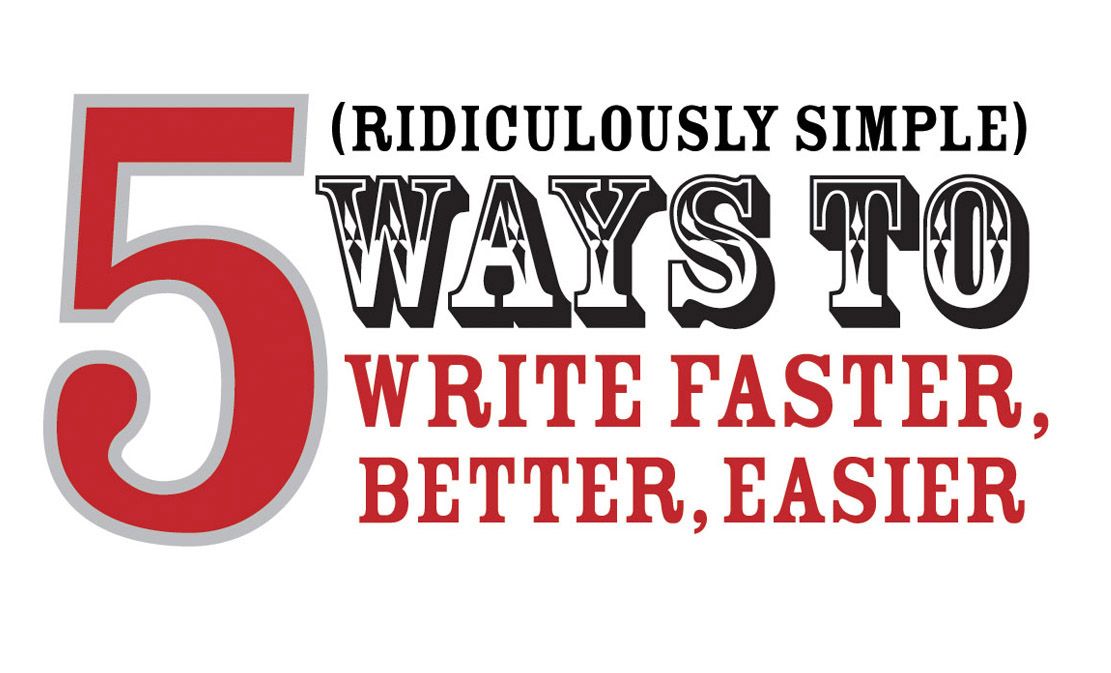5 Simple Steps to Transform Any Talking Head into an Irresistible Story
 Sunday, January 3, 2010 at 08:26PM
Sunday, January 3, 2010 at 08:26PM 
Ahhh. The “talking head.” Just the thought of it brings an overwhelming yawn to you, doesn’t it?
“Talking heads” are ubiquitous in many organizations.
But here’s the thing– hardly anyone watches them.
Truth be told, if you learn just a few simple techniques, your audience will actually look forward to watching your “talking heads.”
So the question remains: How do you turn reoccurring “talking heads” into something your audience actually cares about?
Yes, as you might imagine, there is a method.
The next time you’re faced with videotaping a “talking head,” give this process a spin. Oh- the magic wand? You won't need it.
5 Simple Steps to Turn Any “Talking Head” into an Irresistible Story
1. Start with a problem
Sugar-coating messages rarely builds trust with an audience. It’s pretty tough to believe a message that appears “to good to be true.” The trick in creating a believable message is to share a challenge or issue at stake with your audience.
When interviewing your guest, be sure to capture the context in which the message is relating to. How do you do that? Easy. Go back in time. Ask, “How did we get here?” “Where are we now?” This can be done in 30-60 seconds. It creates curiosity and holds quickly grabs attention.
2. Vary the music
Many messages for businesses use one soundtrack for the entire length of the program. The problem with this is that the ear quickly tunes out repetitive sounds. If the ear tunes out your music, guess what? Your message runs the risk of getting tuned out, too.
Here’s a simple example to fix this common problem.
Let’s say your message is three-minutes long. Try selecting different pieces of music every 30-seconds (give or take a bit). That’s five-to-six pieces of music for your story. Changing the music often will subconsciously keep your audience engaged to your message.
3. Select suspenseful music
Choose your first piece of music for your program before your interview. Pick music that is a bit mysterious, suspenseful. Then choose another piece like it. Now you have two interesting pieces to begin your program. As you interview, the music you picked will help you capture the emotions you want from your guest.
4. Cut to black
I know what you’re thinking: “Cut to black? No way!” I know this is counter-intuitive but, hey, Errol Morris uses it all the time. This technique works like a charm.
Here’s why it works and how to use it.
Cutting to black for a few seconds throughout your story gives the brain time to reflect on what’s been said. The brain now has space to process what’s been said and seen. It has space to create meaning.
Imagine reading a book with run-on sentences. How can your brain possibly process meaning from all those words? It can’t. It’s the same concept in multimedia. Creating space in your messages lets the brain process context, meaning and relationships a whole lot easier.
5. Incorporate text or stock photos
Once your story is edited with music, try dressing it up with a few stock images. Even adding some simple text to punctuate the main points will provide a nice flow for your program.
Go ahead and give this method a try in a future project. You may find it grabs more attention and creates deeper engagement with your audience better than the “old same song and dance” talking head.
Pretty cool for a method that’s easy enough for anyone can use, right?
---Tom
P.S. Originally posted on FastCompany.com.
P.S.S. Like this article? Use the "Share Article" button below to share it with your network. Thanks.



Reader Comments (5)
We were faced with this with the film "The Quantum Activist" and used many of your techniques you mentioned. Another that we added (But definitely adds to production budget) is have multiple interviews in different places at different times to cut between.
Keep up the creativity in 2010!
Tom
http://www.youtube.com/watch?v=1JmWLWLbqBw
Here I chose an active (but controlled) outdoor setting around sunset, used a little music to break the monotony, and edited in some jump cuts, fade outs, text. I like a nearly imperceptible slow zoom during an emotional part like at 2:40. I think it takes a bit of artistry (which I don't claim to have) to know what is enough and what is too much of any editing technique. Thanks for the blog.
Tom